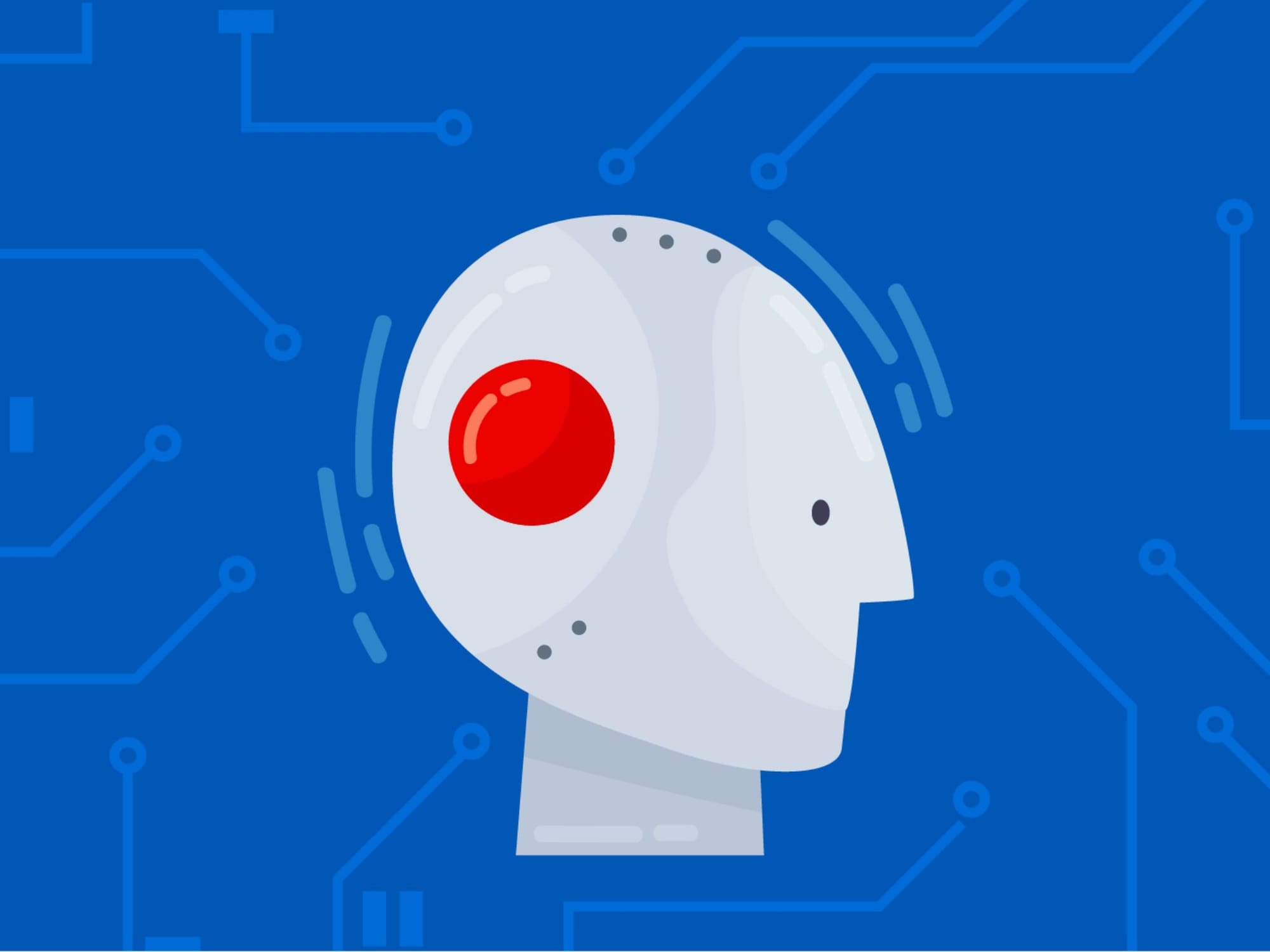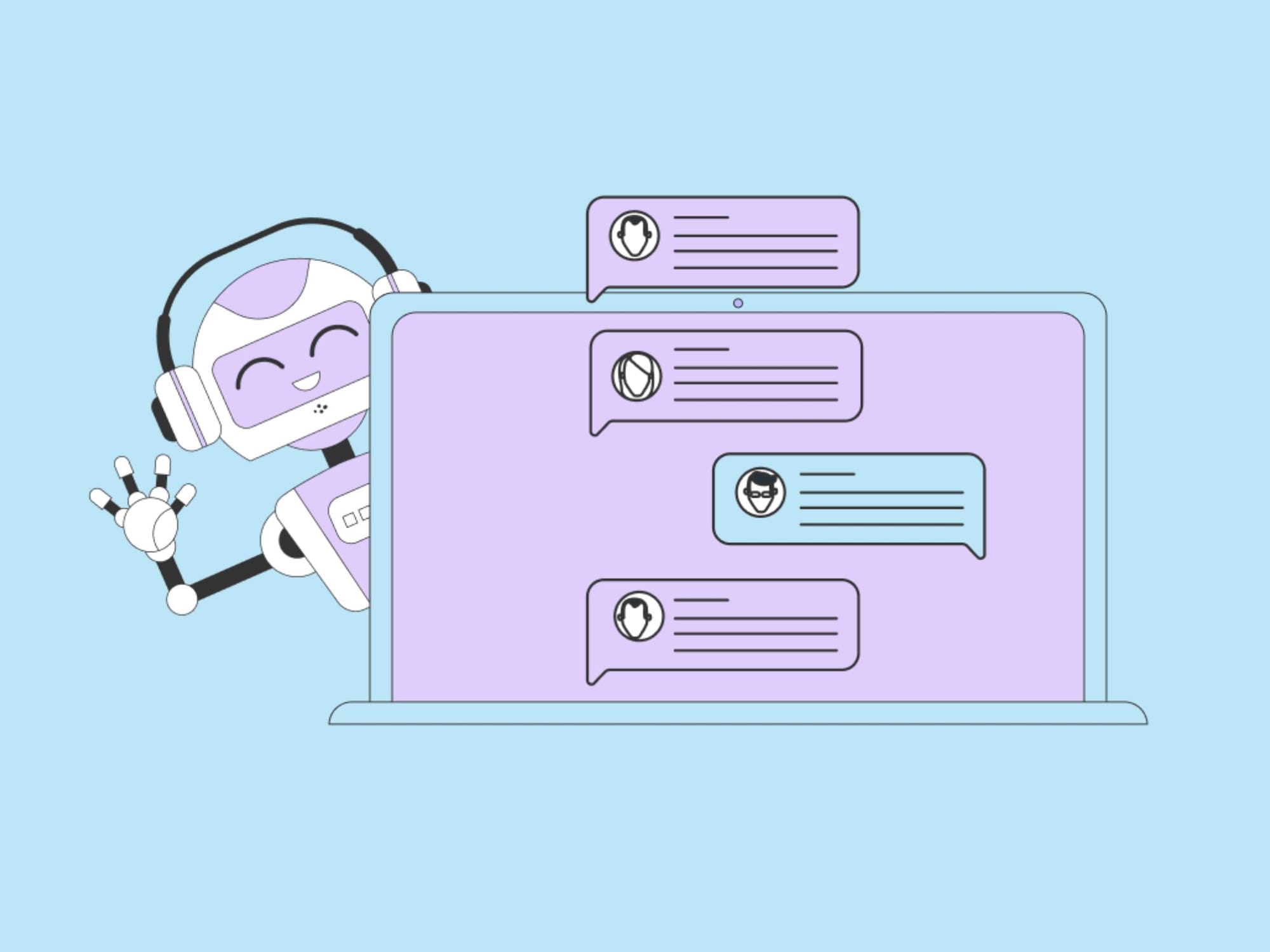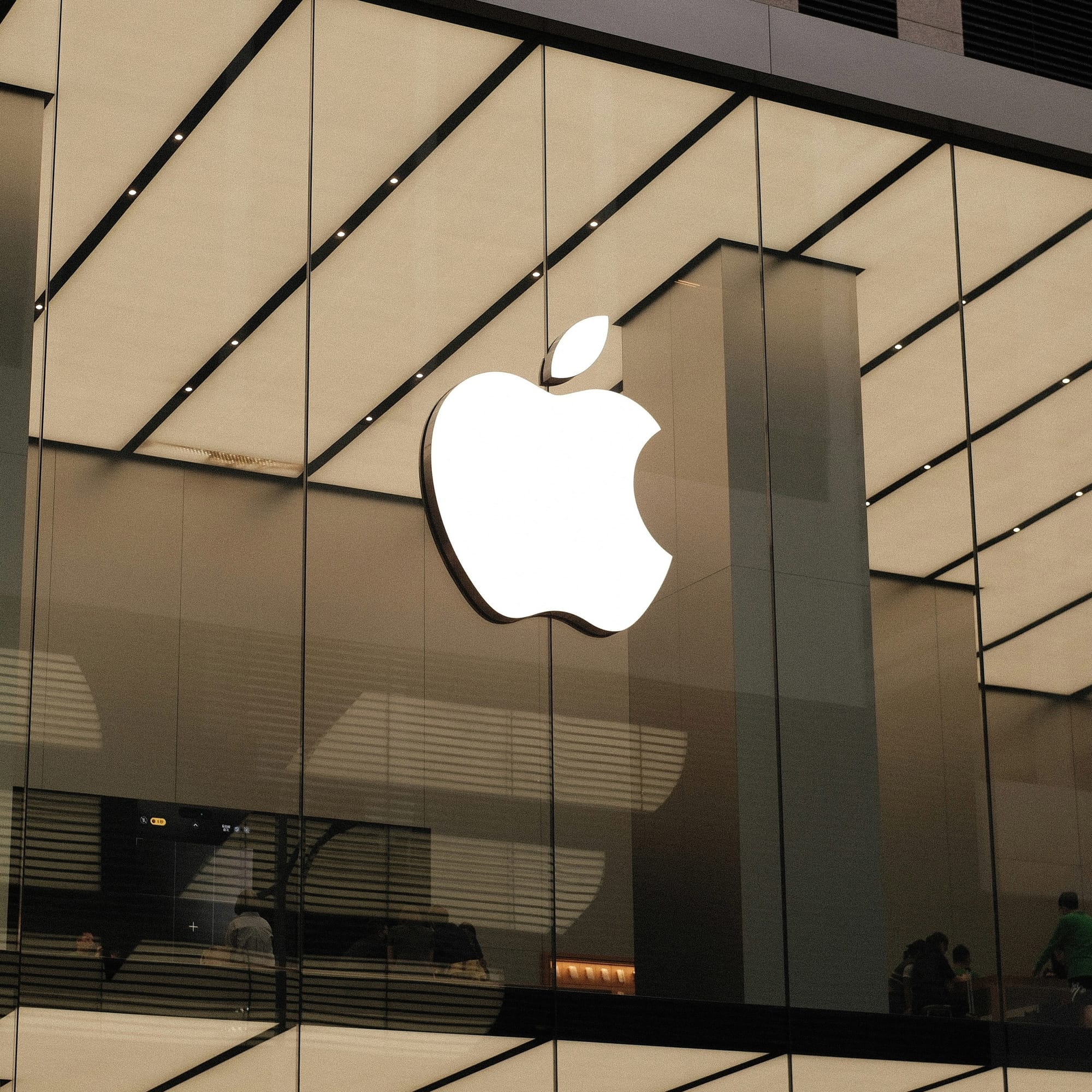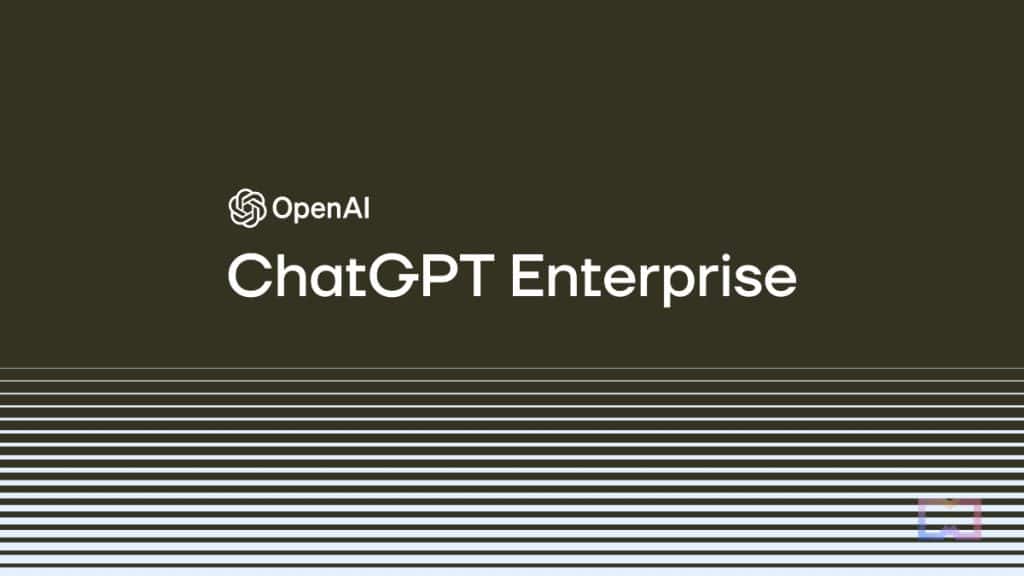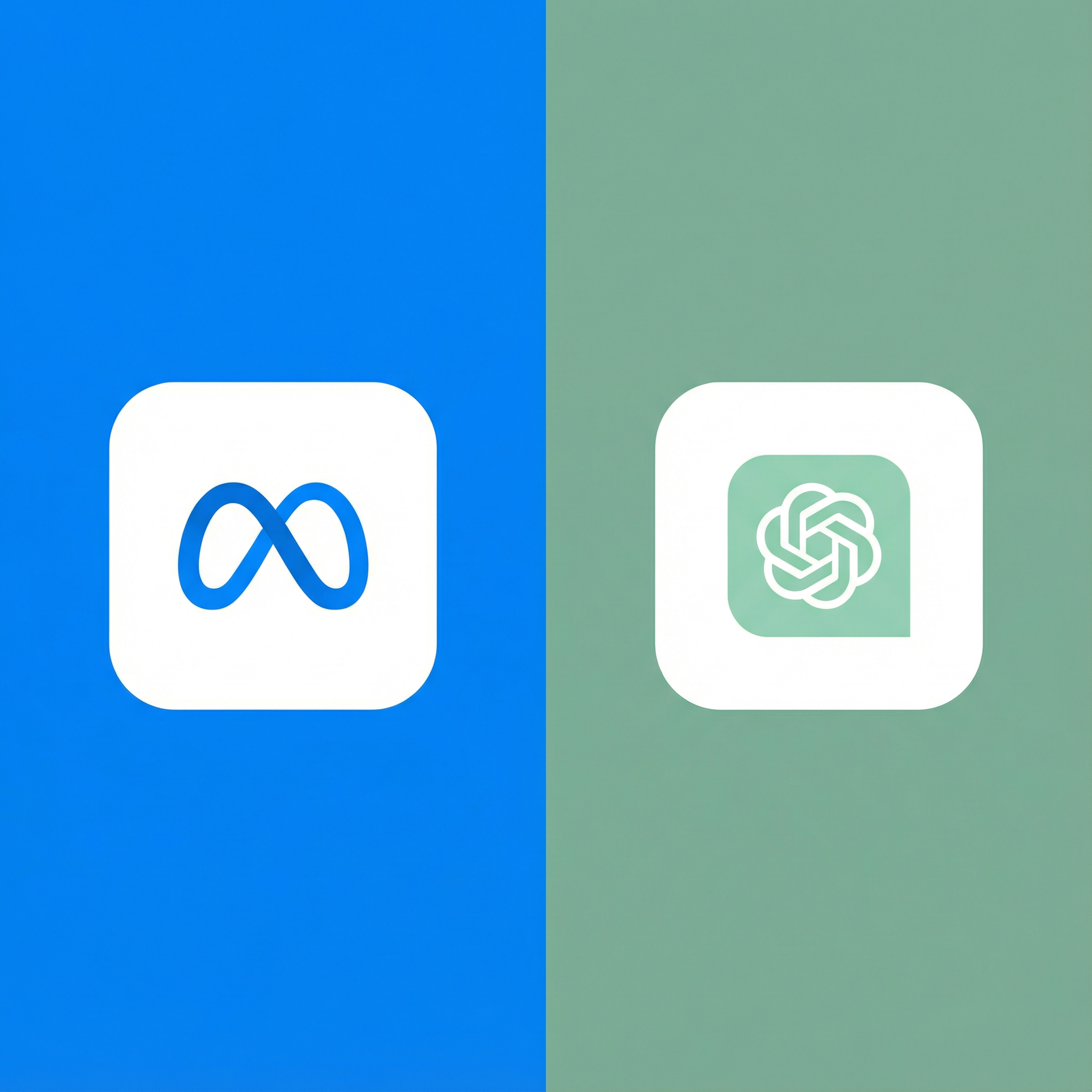Email marketing has undergone a dramatic transformation in 2025, with artificial intelligence making personalized campaigns accessible to everyone—regardless of technical expertise. Top AI email marketing platforms now offer powerful automation tools that can analyze customer behavior, predict preferences, and create highly targeted content without requiring a single line of code.
Gone are the days when personalized email marketing was reserved for companies with large development teams and hefty budgets. Today's no-code AI tools democratize advanced marketing automation, allowing small businesses, entrepreneurs, and marketing teams to compete with enterprise-level campaigns. This comprehensive guide will walk you through everything you need to know about creating sophisticated AI-powered email campaigns that drive engagement and conversions.
Whether you're a complete beginner or an experienced marketer looking to leverage AI, this guide provides practical, actionable strategies for implementing personalized email campaigns that adapt to your audience's behavior and preferences in real-time.
Understanding AI-Powered Email Personalization
AI email personalization goes far beyond simply inserting a recipient's name into the subject line. Modern AI systems analyze vast amounts of data to understand individual customer preferences, predict optimal send times, and craft content that resonates with specific segments of your audience.
The technology works by processing multiple data points including past purchase behavior, email engagement patterns, website browsing history, demographic information, and even real-time interaction signals. Machine learning algorithms then identify patterns and correlations that would be impossible for humans to detect at scale, enabling truly personalized experiences for each subscriber.
Key Benefits of AI Email Personalization:
- Increased Open Rates - AI optimizes subject lines and send times for individual recipients
- Higher Click-Through Rates - Content recommendations match user interests and behaviors
- Improved Conversion Rates - Personalized product suggestions and offers drive more sales
- Reduced Unsubscribe Rates - Relevant content keeps subscribers engaged longer
- Time Savings - Automation handles complex segmentation and content creation
- Scalable Personalization - Deliver unique experiences to thousands of subscribers simultaneously
Modern platforms offer embedded, no-code AI features like send-time optimization, content selection, and subject line testing, making these advanced capabilities accessible to marketers without technical backgrounds.

Top No-Code AI Email Marketing Platforms in 2025
The landscape of AI email marketing tools has evolved significantly, with several platforms leading the charge in no-code personalization capabilities. Each platform offers unique strengths depending on your business needs, budget, and technical requirements.
Mailchimp

Mailchimp remains one of the most accessible platforms for beginners, offering real-time behavior data and AI to convert more customers. Their AI features include predictive analytics, content optimizer, and smart recommendations that work seamlessly within their drag-and-drop interface.
The platform excels at audience segmentation using machine learning algorithms that automatically group subscribers based on behavior patterns, purchase history, and engagement levels. Their Content Optimizer uses AI to suggest the best images, text, and layout for your specific audience, while their Send Time Optimization ensures emails arrive when recipients are most likely to engage.
Encharge

Encharge is an AI-powered email platform built for SaaS, helping you send behavior-based emails, automate user flows, and personalize messages at scale. What sets Encharge apart is its sophisticated trigger-based automation that responds to real-time user actions across your website or application.
The platform's visual workflow builder allows you to create complex automation sequences without coding, while their AI engine analyzes user behavior to optimize message timing, content, and frequency. Encharge particularly excels at onboarding sequences, retention campaigns, and lifecycle marketing for software companies.
ActiveCampaign

ActiveCampaign combines email marketing with customer experience automation, offering advanced AI features through an intuitive interface. Their machine learning algorithms predict customer lifetime value, identify the best times to send emails, and automatically adjust campaign strategies based on performance data.
The platform's Site Tracking feature feeds behavioral data directly into their AI engine, enabling dynamic content personalization based on website interactions. Their Predictive Sending technology analyzes individual subscriber patterns to determine optimal delivery times, often improving open rates by 20-30%.
Setting Up Your First AI Email Campaign: Step-by-Step Guide
Creating your first AI-powered email campaign doesn't require technical expertise, but it does benefit from strategic planning and proper setup. This comprehensive walkthrough will guide you through the entire process, from initial platform selection to campaign optimization.
Step 1: Choosing the Right Platform for Your Needs
Before diving into campaign creation, evaluate your specific requirements. Consider factors such as your email list size, budget constraints, integration needs with existing tools, and the complexity of automation you want to achieve.
For beginners with smaller lists (under 10,000 subscribers), Mailchimp offers the most user-friendly introduction to AI email marketing. Their free tier includes basic AI features, making it perfect for testing the waters. Growing businesses with 10,000-50,000 subscribers often find ActiveCampaign provides the best balance of advanced features and usability.
Enterprise users or SaaS companies typically benefit from platforms like Encharge or Iterable, which offer more sophisticated behavioral tracking and complex automation capabilities.
Step 2: Data Collection and Integration
Effective AI personalization relies on quality data. Start by connecting your email platform to other business tools such as your website analytics, e-commerce platform, CRM system, and social media accounts. Most no-code platforms offer pre-built integrations that require no technical setup.
Key data points to collect include:
- Demographic Information - Age, location, gender, and other basic customer details
- Behavioral Data - Website pages visited, time spent on site, and interaction patterns
- Purchase History - Previous orders, preferred categories, and spending patterns
- Email Engagement - Open rates, click patterns, and preferred content types
- Customer Journey Stage - New subscriber, active customer, or at-risk of churning
Step 3: Audience Segmentation Using AI
Once your data is flowing into the platform, leverage AI-powered segmentation to create meaningful audience groups. Unlike traditional segmentation based on single criteria, AI can identify complex patterns and create multi-dimensional segments that capture nuanced customer behaviors.
Most platforms offer automated segmentation options that continuously update based on changing customer behaviors. For example, an AI might identify a segment of "high-value customers who prefer educational content and typically engage with emails on weekday mornings." This level of sophistication would be nearly impossible to manage manually but becomes effortless with AI assistance.
Step 4: Creating Dynamic Content Templates
Modern AI email platforms offer content generation capabilities that can create personalized email copy, subject lines, and even image selections based on individual recipient preferences. These systems analyze successful campaigns from your industry and adapt proven strategies to your specific audience.
Dynamic content blocks allow you to create email templates with sections that automatically change based on recipient characteristics. For instance, an e-commerce email might show different product recommendations to each subscriber based on their browsing history and purchase patterns.
Advanced Personalization Strategies
Moving beyond basic personalization opens up powerful opportunities to create truly exceptional email experiences. Advanced AI capabilities can transform generic campaigns into highly targeted communications that feel personally crafted for each recipient.
Behavioral Trigger Campaigns
AI watches what users do on your website or app, then uses AI to send the right emails at the right time. This behavioral tracking enables sophisticated trigger campaigns that respond to specific customer actions in real-time.
Effective behavioral triggers include abandoned cart sequences that adjust messaging based on the items left behind, browse abandonment campaigns that recommend similar products, post-purchase follow-ups that suggest complementary items, and win-back campaigns that activate when customers show decreased engagement.
The key to successful behavioral campaigns lies in timing and relevance. AI algorithms analyze historical data to determine optimal delays between triggers and messages, ensuring communications feel helpful rather than pushy.
Predictive Content Recommendations
AI-powered content recommendation engines analyze subscriber preferences, engagement patterns, and similar user behaviors to predict what content will resonate with each individual. This technology, similar to what powers Netflix or Amazon recommendations, can significantly improve email performance.
Implementation strategies include product recommendation sections that showcase items based on purchase history and browsing behavior, content article suggestions that match reader interests and engagement patterns, event recommendations that consider location, preferences, and past attendance, and educational content that aligns with the subscriber's position in the customer journey.
Dynamic Send Time Optimization
Traditional email marketing relies on industry best practices for send times, but AI can determine the optimal send time for each individual subscriber. This personalization can improve open rates by 20-50% compared to batch sending approaches.
AI analyzes factors such as historical open times for each subscriber, time zone and location data, device preferences and usage patterns, and engagement correlation with different send times. The system then automatically schedules each email to arrive when that specific recipient is most likely to engage.
Content Creation with AI: Writing Compelling Emails
Modern platforms allow you to generate content in your brand voice, automate your sends, monitor competitors, and manage your entire email workflow in one place. AI content generation has reached a sophistication level where it can create compelling email copy that maintains your brand voice while adapting to individual recipient preferences.
AI-Generated Subject Lines
Subject lines significantly impact open rates, and AI can generate and test multiple variations to identify the most effective options for different audience segments. These systems analyze successful subject lines from your industry, consider recipient preferences, and factor in current trends to create compelling options.
Best practices for AI subject line generation include testing multiple variations simultaneously, personalizing based on recipient behavior and preferences, considering seasonal trends and current events, and maintaining brand voice consistency across all communications.
Personalized Email Copy
AI writing assistants can create email body content that adapts to individual subscriber preferences, past interactions, and position in the customer journey. This goes beyond simple template personalization to create genuinely unique content for different audience segments.
The technology analyzes high-performing content from your past campaigns, studies successful emails in your industry, and considers individual recipient data to craft messages that resonate with specific subscribers. The result is email content that feels personally written while maintaining scalability.
Visual Content Optimization
AI can also optimize visual elements of your emails, including image selection, layout choices, and color schemes. Machine learning algorithms analyze engagement patterns to determine which visual elements perform best with different audience segments.
Some platforms can automatically select product images based on recipient preferences, adjust email layouts for optimal mobile viewing, choose color schemes that align with subscriber demographics, and optimize image placement for maximum engagement.

Automation Workflows: Building Smart Email Sequences
Creating sophisticated email automation workflows without coding has become remarkably straightforward with modern AI platforms. These systems use visual workflow builders combined with AI-powered optimization to create complex, responsive email sequences.
Welcome Series Automation
A well-crafted welcome series sets the foundation for long-term subscriber relationships. AI can optimize these sequences by analyzing new subscriber behavior and adjusting content and timing accordingly.
Effective AI-powered welcome series typically include a immediate welcome message that thanks subscribers and sets expectations, educational content that introduces your brand and value proposition, social proof and testimonials that build credibility, and product or content recommendations based on signup source and initial preferences.
The AI continuously monitors engagement with each email in the series and adjusts subsequent messages based on subscriber responses. Non-engaged subscribers might receive different content or timing compared to highly engaged new subscribers.
Lifecycle Marketing Campaigns
AI excels at identifying where subscribers are in their customer journey and tailoring communications accordingly. These lifecycle campaigns can dramatically improve customer retention and lifetime value.
Key lifecycle stages include new subscribers who need nurturing and education, active customers who benefit from product recommendations and loyalty programs, at-risk customers who require re-engagement campaigns, and churned customers who might respond to win-back offers.
AI algorithms analyze behavioral signals to identify transitions between lifecycle stages and automatically adjust messaging strategies. This ensures subscribers always receive relevant, timely communications that match their current relationship with your brand.
Cross-Sell and Upsell Sequences
Intelligent product recommendation sequences can significantly increase customer lifetime value by suggesting relevant additional purchases. AI analyzes purchase history, browsing behavior, and similar customer patterns to identify the most likely successful recommendations.
These sequences work best when they provide genuine value rather than appearing purely promotional. AI can determine optimal timing for cross-sell suggestions, identify the most compelling product combinations, and personalize messaging to highlight benefits most relevant to individual customers.

Measuring Success: Analytics and Optimization
Understanding campaign performance is crucial for continuous improvement, and AI-powered analytics provide insights that go far beyond traditional email metrics. Modern platforms offer predictive analytics that help you understand not just what happened, but what's likely to happen next.
Key Performance Indicators (KPIs) for AI Email Campaigns
While traditional metrics like open rates and click-through rates remain important, AI email marketing introduces new KPIs that provide deeper insights into campaign effectiveness.
Advanced metrics to track include:
- Personalization Effectiveness - How much AI personalization improves performance compared to generic campaigns
- Predictive Accuracy - How well AI predictions match actual subscriber behaviors
- Automation Performance - Which automated sequences drive the best results
- Behavioral Trigger Success - Effectiveness of real-time response campaigns
- Customer Lifetime Value Impact - How AI campaigns affect long-term customer value
A/B Testing with AI
AI-powered A/B testing goes beyond simple split tests to run complex multivariate experiments that optimize multiple campaign elements simultaneously. These systems can test different subject lines, send times, content variations, and personalization approaches across different audience segments.
The AI manages test duration, statistical significance, and automatically implements winning variations. This continuous optimization approach ensures your campaigns steadily improve over time without requiring manual intervention.
Performance Optimization Strategies
AI platforms provide actionable recommendations for improving campaign performance based on data analysis. These insights might include suggestions for new audience segments to target, content topics that resonate with your audience, optimal sending frequencies for different subscriber groups, and automation opportunities you haven't yet implemented.
Regular performance reviews should focus on identifying trends, understanding what AI optimizations are working best, recognizing opportunities for new automation workflows, and ensuring your strategy aligns with overall business goals.

Common Challenges and Solutions
Despite the sophistication of modern AI email marketing tools, users often encounter challenges when implementing these systems. Understanding common pitfalls and their solutions can help you avoid frustration and achieve better results faster.
Data Quality Issues
AI personalization requires high-quality, comprehensive data to function effectively. Poor data quality leads to irrelevant personalization that can actually harm campaign performance. Common data issues include incomplete customer profiles, outdated information, and conflicting data from different sources.
Solutions include regular data audits to identify and correct inconsistencies, implementing data validation rules in your signup processes, creating progressive profiling campaigns that gradually gather more subscriber information, and using AI-powered data enrichment tools to fill in missing information.
Over-Personalization Concerns
While personalization generally improves email performance, excessive personalization can feel creepy or intrusive to subscribers. The key is finding the right balance between relevance and privacy respect.
Best practices include being transparent about data collection and usage, providing clear opt-out options for different types of personalization, starting with subtle personalization and gradually increasing sophistication, and regularly surveying subscribers about their preferences for personalized content.
Integration Difficulties
Connecting your email platform with other business tools can sometimes present technical challenges, even with no-code solutions. Integration issues can limit the data available for AI personalization.
Common solutions include choosing platforms with robust integration libraries, using middleware tools like Zapier to connect incompatible systems, working with platform support teams to resolve connection issues, and implementing gradual integrations rather than attempting comprehensive connections immediately.
Future Trends in AI Email Marketing
The field of AI email marketing continues evolving rapidly, with new capabilities emerging regularly. Staying informed about upcoming trends helps you prepare for future opportunities and maintain competitive advantages.
Emerging Technologies
Tools like Gumloop let you connect any LLM model (like GPT-4, Claude, Grok, etc.) to your internal tools and workflows — without writing a single line of code. This trend toward connecting advanced AI models with marketing workflows will likely accelerate, providing even more sophisticated personalization capabilities.
Anticipated developments include conversational AI that enables two-way email interactions, voice-activated email creation and management, augmented reality integration for immersive email experiences, and blockchain-based email authentication that improves deliverability.
Privacy and Regulation Considerations
As AI email marketing becomes more sophisticated, privacy regulations and consumer expectations continue evolving. Successful marketers will need to balance personalization with privacy protection.
Key considerations include compliance with GDPR, CCPA, and emerging privacy regulations, transparent communication about AI usage in marketing, providing meaningful control over personal data usage, and implementing privacy-by-design principles in campaign planning.
Industry-Specific Applications
Different industries are developing specialized applications of AI email marketing that address unique sector challenges and opportunities.
E-commerce companies are implementing real-time inventory integration with email campaigns, SaaS businesses are using AI for sophisticated onboarding and retention sequences, healthcare organizations are leveraging AI for patient communication and appointment reminders, and financial services are using AI for personalized financial advice and product recommendations.

Getting Started: Your Action Plan
Implementing AI email marketing doesn't require a complete overhaul of your existing strategy. The most successful approaches involve gradual implementation that builds on current capabilities while adding AI-powered enhancements.
Phase 1: Foundation Building
Start by selecting an appropriate AI email marketing platform based on your current needs and growth plans. Focus on connecting your existing data sources and setting up basic segmentation using AI tools.
Begin with simple automation workflows such as welcome series and abandoned cart campaigns, then gradually add more sophisticated behavioral triggers as you become comfortable with the platform capabilities.
Phase 2: Advanced Implementation
Once you're comfortable with basic AI features, expand into predictive analytics, dynamic content personalization, and complex automation workflows. This phase involves more sophisticated data analysis and campaign optimization.
Focus on measuring the impact of AI features compared to your previous approaches, and use these insights to guide further implementation decisions.
Phase 3: Optimization and Scaling
The final phase involves continuous optimization using AI insights and scaling successful approaches across your entire email marketing program. This includes advanced personalization strategies, predictive customer modeling, and integration with other marketing channels.
Regular performance analysis ensures your AI email marketing continues improving and adapting to changing customer preferences and market conditions.
AI-powered email marketing represents a fundamental shift from broad, generic campaigns to highly personalized, responsive communications that adapt to individual subscriber preferences and behaviors. The no-code tools available in 2025 make these advanced capabilities accessible to businesses of all sizes, democratizing sophisticated marketing automation that was once available only to enterprise companies.
The key to success lies in starting with solid foundations—quality data, clear goals, and appropriate platform selection—then gradually implementing more advanced AI features as you gain experience and confidence. Remember that AI is a tool to enhance human creativity and strategic thinking, not replace it.
As you embark on your AI email marketing journey, focus on providing genuine value to your subscribers while leveraging technology to deliver more relevant, timely, and engaging experiences. The combination of human insight and artificial intelligence creates opportunities for building stronger customer relationships and driving sustainable business growth.
The future of email marketing is here, and it's more accessible than ever before. By embracing AI-powered personalization while maintaining focus on subscriber value and privacy, you can create email campaigns that not only drive better results but also contribute to more meaningful customer relationships.
Frequently Asked Questions
Do I need coding skills to use AI email marketing tools? No, modern AI email marketing platforms are designed with no-code interfaces that allow you to create sophisticated campaigns using drag-and-drop builders and pre-configured templates.
How much does AI email marketing cost? Costs vary by platform and features, with basic AI capabilities often included in standard plans starting around $20-50/month. More advanced features may require higher-tier plans ranging from $100-500/month depending on list size and complexity.
How quickly can I see results from AI personalization? Most businesses see improvements in open rates and click-through rates within 2-4 weeks of implementing AI personalization. Significant conversion improvements typically appear within 6-8 weeks as the AI learns subscriber preferences.
Is my customer data safe with AI email platforms? Reputable AI email marketing platforms implement enterprise-grade security measures and comply with privacy regulations like GDPR and CCPA. Always review privacy policies and security certifications before choosing a platform.
Can AI completely replace human email marketers? AI enhances human capabilities but cannot replace strategic thinking, creative vision, and brand understanding that human marketers provide. The most effective approaches combine AI automation with human oversight and creativity.
What size business benefits most from AI email marketing? AI email marketing provides value for businesses of all sizes, but companies with 1,000+ subscribers typically see the most significant improvements due to sufficient data for meaningful personalization.
How do I measure the ROI of AI email marketing? Track improvements in key metrics like open rates, click-through rates, conversion rates, and customer lifetime value compared to your previous email marketing performance. Most platforms provide built-in ROI tracking and attribution analysis.

